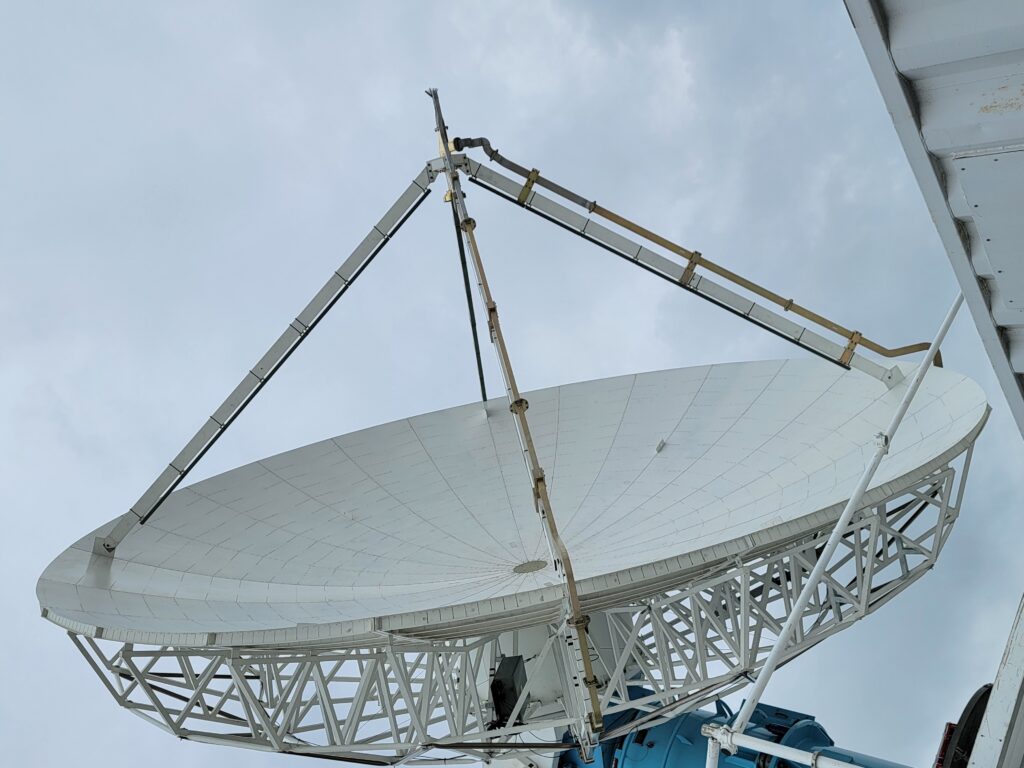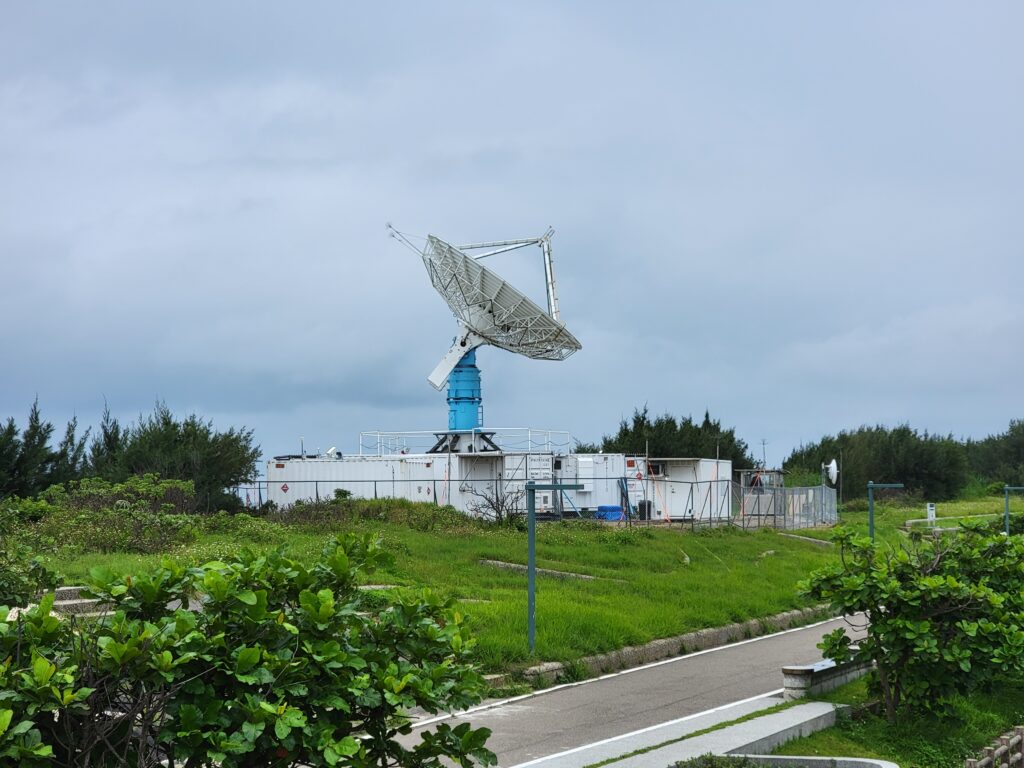Experts from the National Center for Atmospheric Research (NCAR) have joined a field campaign to collect data and observations of extreme storms and monsoons in the region around western Taiwan and the southern Japanese island of Yonaguni.
Led by Colorado State University scientists Michael Bell and Kristen Rasmussen, the Prediction of Rainfall Extremes Campaign in the Pacific (PRECIP) research team also includes seven other partners from US academic institutions and several international partners in Taiwan, Japan and Korea.
Rosimar Ríos-Berríos, NCAR scientist and one of the principal investigators for PRECIP, said, “Extreme rainfall events are gravely disruptive to society, yet we know little about what causes extreme rainfall in some cases versus light to moderate rainfall in other cases.”
Although the field campaign is taking place in the Pacific, the information gathered from PRECIP will lead to improved forecasting capabilities globally. “Knowing what factors distinguish these different events could be incredibly helpful for improving our ability to forecast extreme rainfall well in advance,” said Ríos-Berríos.
The field campaign will employ a suite of ground- and air-based technologies that will record detailed information on the storms and precipitation observed. Among the fleet of technologies is NCAR’s S-PolKa radar, and MicroPulse DIAL instruments to measure water vapor.
Ríos-Berríos will be particularly focused on identifying the model errors that result in inaccurate forecasts for extreme rain. To reach this objective, the scientists will use real-time forecasts with NCAR’s Model for Prediction Across Scales–Atmosphere (MPAS-A) with a special Taiwan-centered configuration, combined with the Weather and Forecasting Model (WRF) ensemble forecasts produced by a team at Pennsylvania State University.




